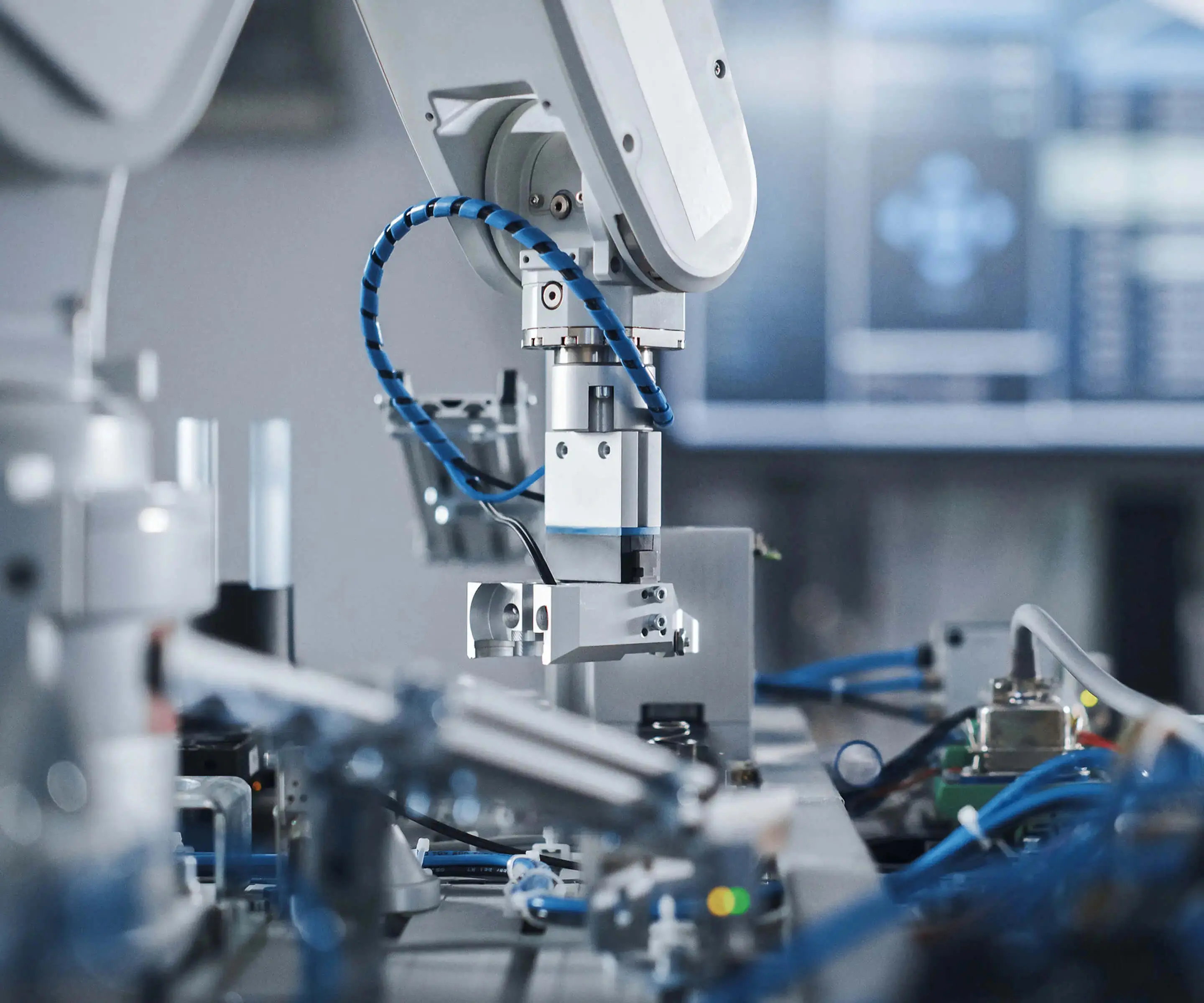Unlocking the Power of Servo Motors and Ultrasonic Sensors in Robotics
Imagine a robot that can navigate a crowded room without bumping into furniture, or a drone that detects obstacles mid-flight to change course seamlessly. Behind these feats of engineering lie simple yet powerful components: servo motors and ultrasonic sensors. When combined thoughtfully, these elements form the foundation of intelligent, autonomous systems.

What Is a Servo Motor?
A servo motor is a compact device used to precisely control angular position, velocity, and acceleration. Unlike regular motors that rotate freely, servo motors are equipped with a built-in feedback mechanism, typically a potentiometer, which enables accurate position control. They are widely used in robotics, remote-controlled vehicles, and automation projects because of their ability to rotate to a specific angle and hold that position reliably.
Commonly, servo motors operate within a 0 to 180-degree range, though some models offer full rotation (360 degrees or more). They are powered by pulses of electrical signals—specifically, Pulse Width Modulation (PWM). A longer pulse (typically around 2 milliseconds) commands the servo to rotate to one end, while a shorter pulse (about 1 millisecond) positions it at the other end. By varying the pulse width, you can precisely control the servo’s position.
Ultrasonic Sensors: Seeing the Distance
Ultrasonic sensors function like echolocation devices used by bats and dolphins. They emit high-frequency sound waves, which bounce off objects and return echo signals. By measuring the time it takes for the echo to return, the sensor calculates the distance to the object with remarkable accuracy.
These sensors are especially useful for obstacle detection and avoidance, making them a cornerstone of autonomous robots. They are affordable, easy to interface with microcontrollers like Arduino or Raspberry Pi, and capable of providing real-time data essential for environmental awareness.
Why Combine Servo Motors with Ultrasonic Sensors?
Integrating servo motors with ultrasonic sensors unlocks a new level of robotic intelligence. Think of a robotic arm that scans its environment and picks up objects based on position; or a mobile robot that detects obstacles and navigates around them without human input.
The core idea involves using ultrasonic sensors to gather environmental data, process that data with a microcontroller, and then instruct transparent or dynamic movement via servo motors. This synergy enables robots to perform tasks such as object tracking, line following, obstacle avoidance, and even complex maneuvers like mapping and path planning.
Real-World Applications
Obstacle Avoidance Robots: Robots equipped with ultrasonic sensors detect nearby objects and steer clear, with servo motors adjusting the wheels or direction accordingly. Robotic Arms: Using ultrasonic sensors to locate objects, then servo motors to grasp or move items precisely. Smart Surveillance: Combining sensors and servo motors to create pan-tilt camera systems that monitor an environment actively. Educational Kits: Simple projects that teach students and hobbyists about sensor integration, coding, and automation.
Starting with the Hardware
To get started, you’ll need a basic set of components:
Microcontroller (Arduino Uno is popular for beginners) Servo motor (like the SG90 or MG996R) Ultrasonic sensor (HC-SR04 is a common choice) Power supply suitable for your servo and sensors Jumper wires and a breadboard for connections
Each component’s role is straightforward: the ultrasonic sensor measures the environment, and the servo motor executes physical movement based on those measurements.
The Basic Logic Flow:
Send a trigger pulse to the ultrasonic sensor. Await the echo pulse and measure its duration. Calculate the distance based on the echo duration. Decide if the obstacle is within a predetermined threshold. Command the servo motor to turn or move based on the distance data.
In the upcoming sections, we’ll explore how to write the code that brings this logic alive, as well as tips on assembling and calibrating your system.
Kpower has delivered professional drive system solutions to over 500 enterprise clients globally with products covering various fields such as Smart Home Systems, Automatic Electronics, Robotics, Precision Agriculture, Drones, and Industrial Automation.




































